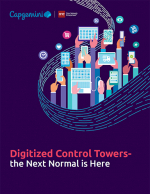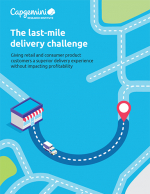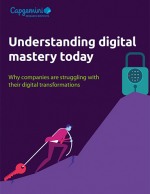2015 Third-Party Logistics Study
The study identifies trends and explores how both 3PLs and shippers are using these relationships to improve and enhance their businesses and supply chains, was influenced by industry executives and experts from around the world.
Current State of the 3PL Market
In the 2015 19th Annual Third Party Logistics Study, survey results showed the continuing, positive overall nature of shipper-3PL relationships.
Both parties view themselves as being successful, and shippers are seeing positive results again this year: an average logistics cost reduction of 9% an average inventory cost reduction of 5% and an average fixed logistics cost reduction of 15%.
In addition to seeing cost reductions, shippers said they’ve seen average improvements in their order fill rate and order accuracy. The 2015 3PL Study showed that 73% of those who use logistics services and 77% of 3PL providers are satisfied that they have received open, transparent and effective communication from their partners. A distinct majority—92%—of shippers report that their relationships with 3PLs generally have been successful.
Among 3PLs, 98% say their relationships with shippers have been successful.
While there are more positive business environments in certain geographies, industry verticals and niche types of services, the global logistics industry is one that does have its challenges.
Similar to last year, several ongoing factors are impacting progress toward the advanced end of the maturity model for shipper-3PL relationships. The generally less-than-exciting levels of global economic activity are driving highly variable and sometimes sluggish or neutral demand for outsourced logistics services. Shippers report an average of 36% of their total logistics expenditures are related to outsourcing compared to an average of 44% reported last year.
Again with this year’s study, the most frequently outsourced activities tend to be those that are more transactional, operational and repetitive. Activities that are strategic, IT-intensive and customer facing tend to be outsourced to a lesser extent.
However, there is some indication that those activities, particularly the provision of capable IT services, can be a key element in the value proposition in shipper-3PL relationships.
The results from this year’s study again confirm that the IT gap continues to narrow to some extent.
What’s Related




Favorites





